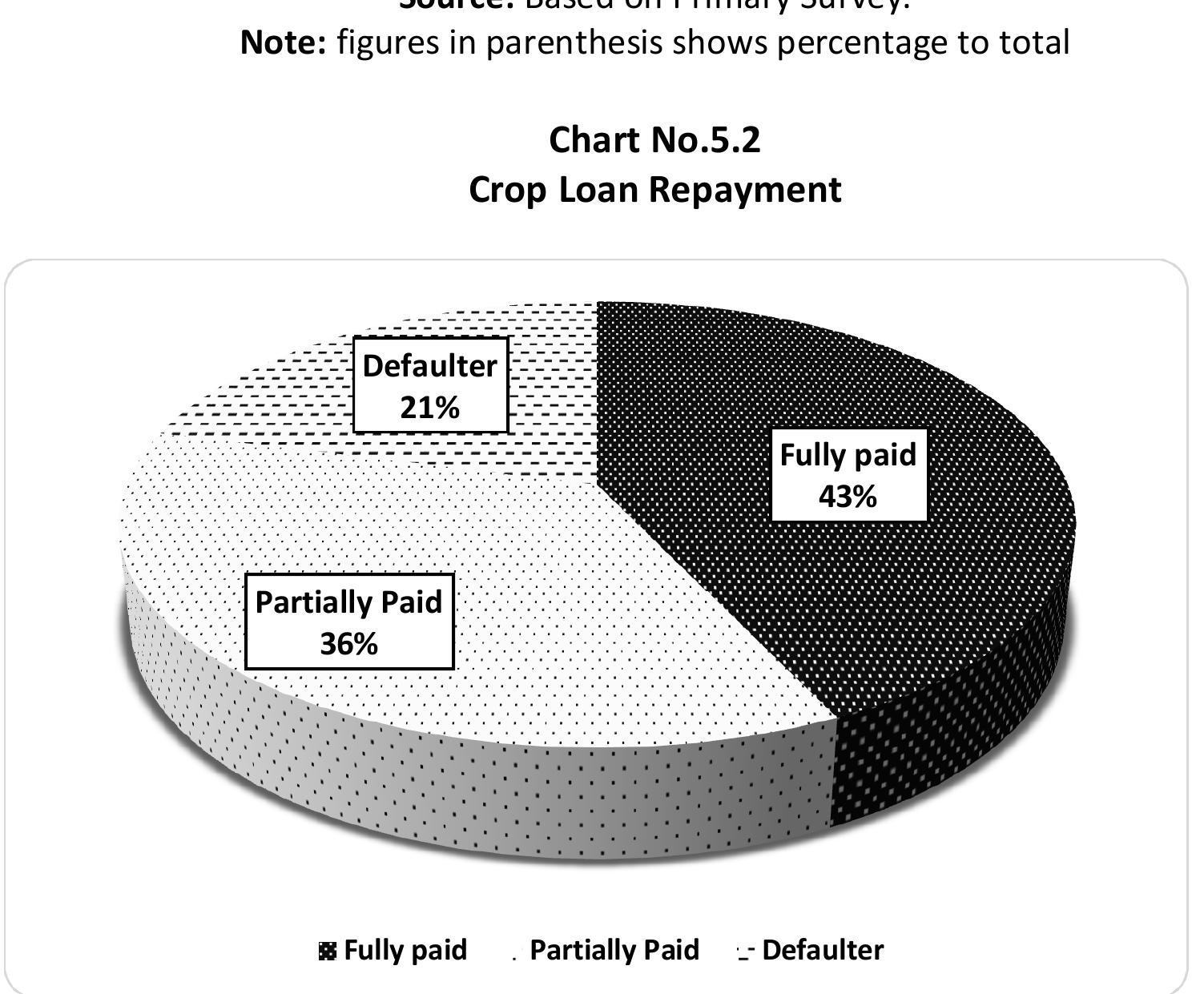Key research themes
1. How did the 2008 Global Financial Crisis impact the Indian economy's growth dynamics and policy responses?
This research theme focuses on analyzing the specific consequences of the 2008 global financial meltdown on India's economic growth, exchange rate fluctuations, export sectors, and policy measures adopted, particularly contrasting monetary versus fiscal policy interventions. Understanding these effects elucidates the vulnerabilities and resilience factors within the Indian open economy in times of global downturn.
2. What are the socio-economic and sectoral challenges defining structural constraints in the Indian economy, specifically in agriculture, manufacturing, and informal sectors?
This theme investigates long-standing structural challenges in India's economy. It examines the agrarian crisis affecting farmer incomes and indebtedness, the stagnation of manufacturing employment alongside the rapid growth of urban informal and gig economy employment, and the implications of these trends on socio-economic inequality and employment quality. Exploring these constraints is critical for policy aimed at balanced inclusive growth and addressing emerging labor market vulnerabilities.
3. How do state fiscal policies and governance challenges affect sustainable economic development in Indian states?
This theme explores fiscal reform trajectories of Indian states, emphasizing the tensions between populist election-driven expenditures such as freebies and pension scheme reversions, and the need for fiscal consolidation to sustain capital expenditure critical for growth. It assesses the macroeconomic and political economy ramifications of state-level fiscal stresses, governance quality, and pension liabilities on India's broader economic stability and growth prospects.







































































































































































